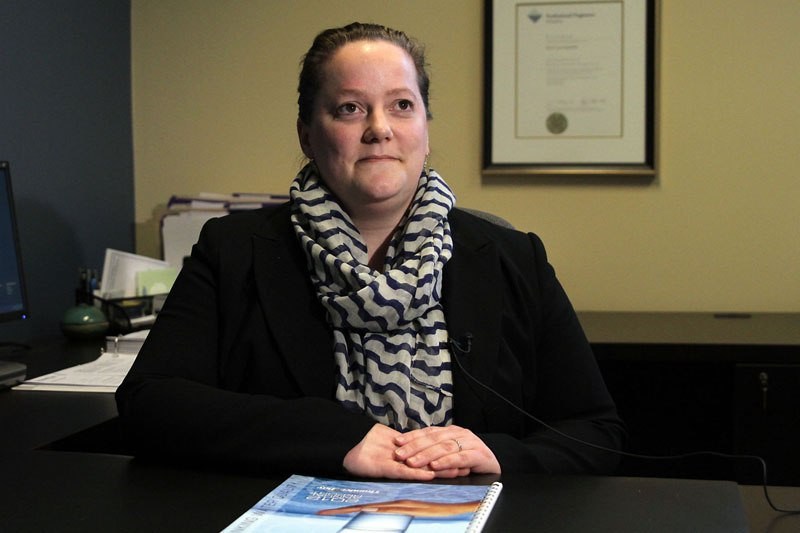Thunder Bay’s water quality got a thumbs up in 2012, but keeping it safe could cost the city $200 million over the next 20 years.
That’s how much city officials estimate they’ll have to spend to upgrade and maintain its water system, a decision made three years ago.
“Those funds will go directly to renewing and rehabilitating our infrastructure,” said Kerri Marshall, Thunder Bay’s manager of the environment division.
“So our water mains, our underground buried infrastructure, our plants, pumping stations and reservoirs.”
Annual water main replacement will be in the neighbourhood of $6.5 million, Marshall said.
At present the city maintains eight pumping stations, more than 700 kilometres of water mains, connections, fire hydrants, manholes and valves.
The municipality also operates the Bare Point Water Treatment Plant, a lab and five water-storage facilities.
Marshall said much of their capital assets are starting to age. First up are the underground water mains, which she estimated on average is 50 years old in some sectors of the city. Some of the pipes are as old as a century, she added.
“That really is the large portion of our capital reinvestment, and that reinvestment will continue on an annual basis.”
It’s a huge task, she said.
But it’s an undertaking that must be done.
“It should reduce any unplanned outages of water services and it will certainly add to (our ability) to provide quality drinking water.”
The report outlines and attempts to answer a number of different problems facing water consumers, who have been hit with a 7.1 per cent rate increase this year, face a 5.6 per cent increase in 2014 and a 2.7 per cent hike in 2015 before it’s tied to inflation in 2016.
The city tested more than 2,000 homes for water quality in 2012. Among contaminants the survey looked at was lead, which the city continues to test for under the Ontario government-mandated corrosion control program.
The goal is to reduce lead service connections and fixtures, which the city encourages residents to replace when water mains are replaced.
The report also touched on the cross-connection and backflow prevention program and explains the scope of the source protection plan, approved by the province earlier this year.
All in all, Marshall said there’s nothing in the report that should cause alarm for Thunder Bay’s population.
“Thunder Bay continues to receive a high-quality, safe drinking water. The report confirms that we continue to monitor water quality 24 hours a day, seven days a week, both online, by instrumentation and by certified operators,” Marshall said.
